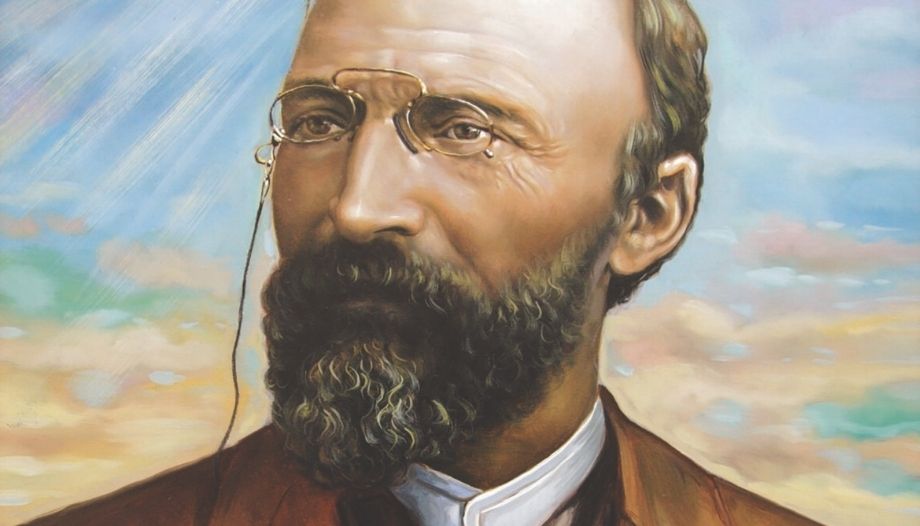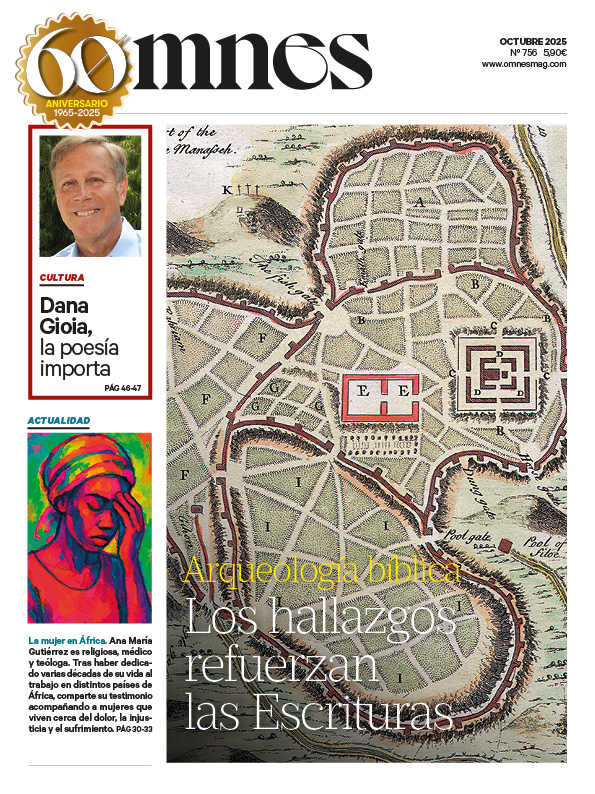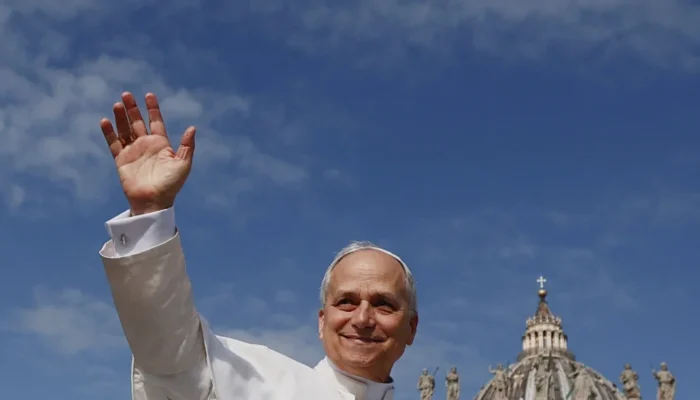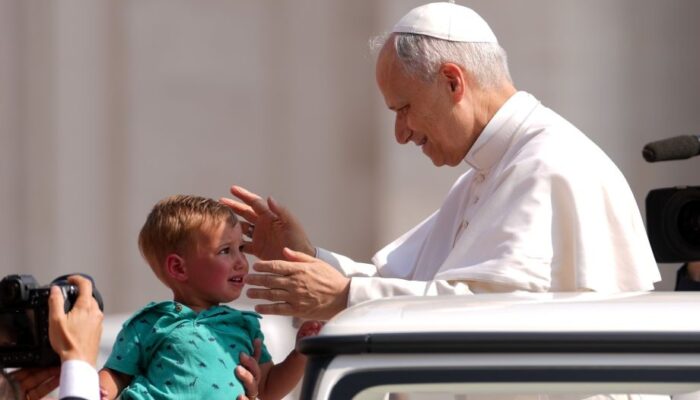- Katarzyna Szalajko (Warsaw, Poland, OSV News).
The Blessed Bartolo Longo He had been a militant opponent of the Church and involved in the sanatism and occultism, but he converted, dedicating himself to charity and to the construction of the Sanctuary of the Most Holy Virgin of the Rosary of Pompeii, and of the city itself. Here are a few brushstrokes.
Born in Latiano, Italy, in 1841, Longo seemed destined for worldly success. He studied law at the University of Naples, where the intellectual fashions of the time-positivism, rationalism and spiritualism-distanced him from the faith of his youth.
He immersed himself in the occult, even practicing for a time as a self-proclaimed satanic priest.
From occultism to love of the Virgin
However, as Father Salvatore Sorrentino, director of the 'Bartolo Longo' historical archive in Pompeii and author of the book on the future saint, told OSV News: "The most striking thing that emerges from his writings is, above all, his immense love for the Virgin Mary. Bartolo Longo can be considered, in every sense, a Marian mystic".
It was this love that became the seed of his redemption. Although far from the sacraments, he never completely abandoned the daily recitation of the rosary, a habit from his school years with the Piarist Fathers.
"Through that little door," Father Sorrentino said, "Mary triumphed over his heart and brought him back to Christ."
The turning point came on May 29, 1865, exactly one year after he had leaned toward spiritualism. "Oh, my God, ever patient, ever kind... on that very day, May 29, when I rejected you to embrace the serpent, you willed your mother's triumph in me," Father Sorrentino said, quoting Longo's words to his Dominican spiritual director.
"From that moment on," says Father Sorrentino, "his life was totally oriented to the Gospel and to charity."
"If you seek salvation, spread the rosary."
In 1872, Longo heard in his heart what he called a divine whisper: "If you seek salvation, spread the rosary. It is Mary's promise: whoever spreads the rosary will be saved."
Obeying that call, he swore not to leave the region until he had sown there the devotion to the Virgin of the Rosary. From that promise, the Sanctuary of Our Lady of the Rosary of Pompeii was born and, around it, a whole city was reborn.
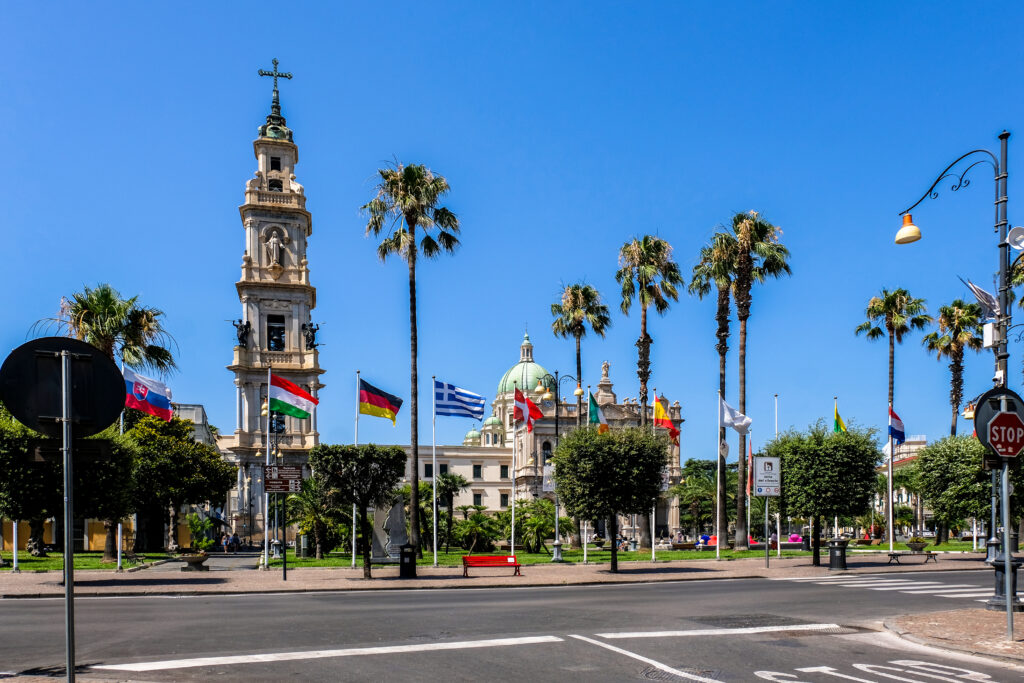
Founder of a sanctuary and a new city
"Blessed Bartolo Longo was not only the founder of a shrine," Archbishop Tommaso Caputo of Pompeii, pontifical delegate for the shrine, told OSV News. "He was the founder of a new city, a city born of faith," the archbishop said.
In fact, Longo laid the foundations of a living community: post and telegraph offices, running water, a train station, an observatory. He built not only monuments, but also infrastructure.
Pompeii was destroyed by the eruption of Vesuvius 79 years after the birth of Christ, a disaster that buried the Roman city under thick layers of volcanic ash and pumice, killing thousands of residents. And it was Longo's efforts that truly brought it back from the ashes.
Married to Countess Mariana di Fusco
In 1885, Longo married Countess Mariana di Fusco, a widow who shared his deep Marian devotion and passion for the poor. Together they ran the shrine's charitable works, combining prayer with service. Their marriage, lived in chastity by mutual choice, was a sign that holiness can flourish in ordinary lay life.
"Longo has lived his whole existence rooted in the Gospel," said Archbishop Caputo. "He is the pure expression of the 'Church in mission going forth' that Pope Francis spoke of. He loved the poor, cared for abandoned children, the sons and daughters of prisoners, orphans; he spread the holy rosary, gave witness to the faith, became an instrument of charity and sowed hope in the world."
Charitable works
In 1887, she founded an orphanage for girls; in 1892, an institute for children of prisoners; in 1922, another for daughters of prisoners. Her understanding of charity was deeply theological, not merely philanthropic. That conviction continues to animate the shrine today. "The social works of the shrine follow the path traced by the founder," said Archbishop Caputo. By the time of his death in 1926, Blessed Bartolo Longo had transformed what was literally ashes into a spiritual and social oasis.
The rebirth of Pompeii. What Benedict X saidVI
When Pope Benedict XVI visited Pompeii in 2008, he summed up the miracle: "Who would have thought that here, next to the ruins of ancient Pompeii, a Marian Shrine of worldwide importance would arise, as well as so many social practices aimed at expressing the Gospel in concrete service to the most needy? Where God comes, the desert flourishes!".
Devotion to Our Lady of Pompeii has spread throughout the world. "There is no continent that does not venerate Our Lady of the Rosary of Pompeii,2 Archbishop Caputo told OSV News. "Now, the canonization will give even more recognition to the one who was called the 'Apostle of the Rosary' and the 'Advocate of Our Lady'."
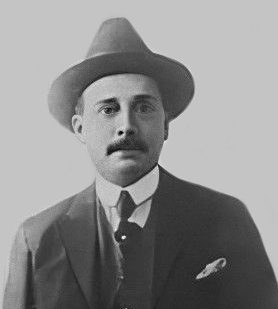
of Venezuela. The image is more than 70 years old
(Wikimedia Commons).
The 'doctor of the poor
The so-called "doctor of the poor", José Gregorio Hernández, a layman, is one of the two Venezuelans who will be canonized. Although he tried twice to join the religious life in Italy, José Gregorio's life path developed mainly in the capital of Venezuela, where he worked almost all his life.
The Pope will also canonize to the first woman saint of Venezuela, Blessed Carmen Rendiles Martínez (1903-1977), Venezuelan foundress of the Congregation of the Servants of Jesus.
Peter To Rot, Papuan, advocate of marriage and the family
The third layman to be canonized by Pope Leo XIV is Peter To Rot, a Papua New Guinean husband and father and catechist. Born in 1912, he was arrested in 1945 during the Japanese occupation in World War II and was killed by lethal injection while in prison.
Peter To Rot "will be the first native Papuan saintHe was a fervent defender of marriage and the family, a catechist committed to the mission of the Missionaries of the Sacred Heart. His holiness is the fruit of the close collaboration of priests and laity in evangelization," the Vatican agency noted.
First Venezuelan saints on Mission Sunday
José Gregorio Hernández and Mother Carmen (Rendiles) are signs of hope for Venezuela. In declarations to Vatican News, the Archbishop of Caracas, Monsignor Raúl Biord Castillo, SDB, and Monsignor Carlos Márquez, auxiliary bishop of the capital, informed that have thanked to the Pope the canonization of the first saints of Venezuela.
And also the fact that the ceremony takes place in the Mission Sunday.. "We believe that it is a great gift from God that the canonization of the first two saints takes place in the midst of this Jubilee Year," they said.
Three nuns and an Armenian archbishop martyred
The three religious that Leo XIV will also canonize this Sunday are the following.
- Blessed Vincenza Maria Poloni, foundress of the Sisters of Mercy of Verona, Italy; lived from 1802 to 1855.
- Blessed Carmen Rendiles Martínez, Venezuelan foundress of the Congregation of the Servants of Jesus. Born in Caracas in 1903, she died in 1977. She will be the first woman saint of Venezuela.
- Blessed Maria Troncatti, Salesian, born in Italy in 1883 and missionary in Ecuador in 1922. She died in a plane crash in 1969.
Pope Leo XIV will also declare Blessed Ignatius Maloyan, martyred Armenian Archbishop of Mardin, a saint. Born in 1869, he was arrested, tortured and executed in Turkey in 1915.

